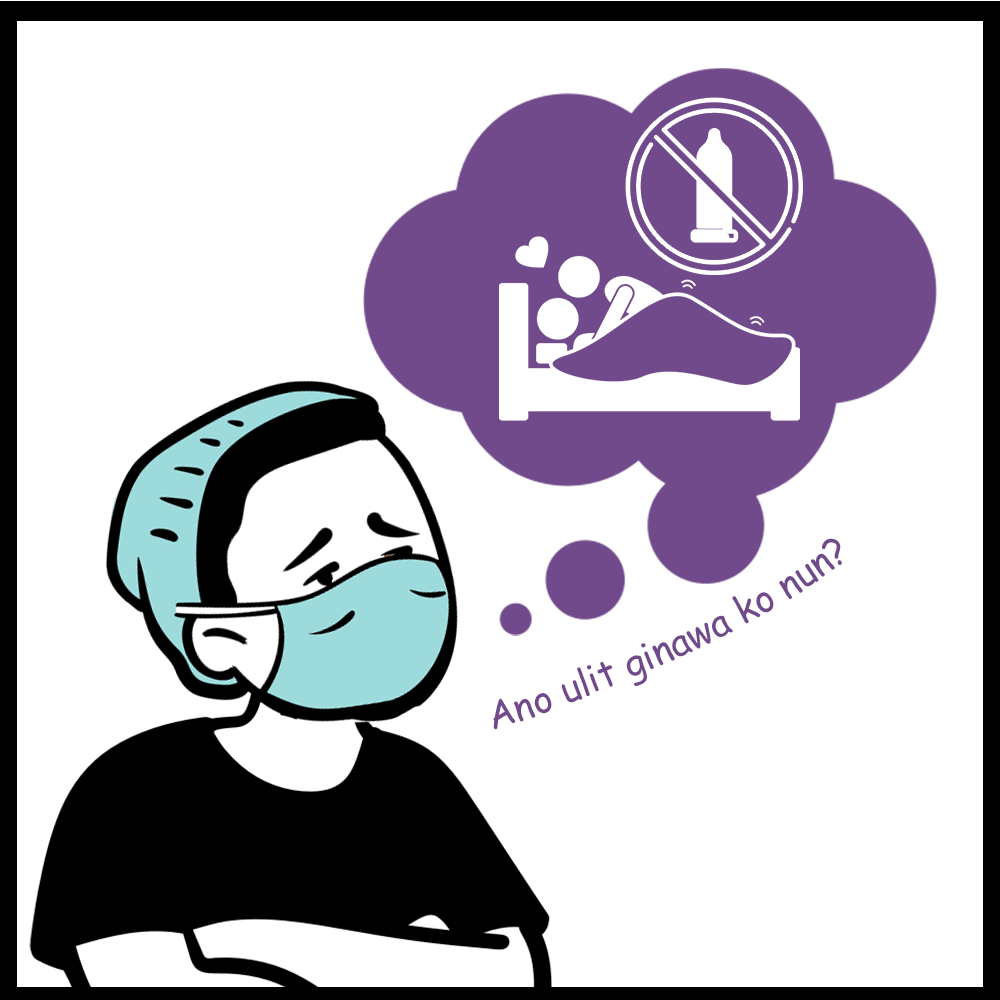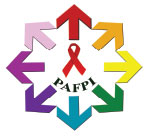BASICS OF PREVENTION
| Mga Kaibahan ng HIV at AIDS | |
| HIV Human Immunodeficiency Virus |
AIDS Acquired Immunodeficiency Syndrome |
| Ang HIV ay virus na nag-aatake sa immune system | Ang AIDS ay condition na ang thong may HIV ay nagpapakita ng ibat-ibang sintomas. |
| Ang pasyente ay makakaranas ng kaunting sintomas kagaya lang ng sa mild trangkaso na maaaring maramdaman sa loob ng 2 hanggang 4 na linggo. | Ang pasyente ay makakaranas ng matinding sintomas ng kagaya ng malalang trangkaso. |
Ang HIV ay hindi AIDS pero maaaring mauwi ito sa AIDS. Walang pang epektibong gamot na makakapagpagaling sa HIV. Ang HIV-infected person ay dadalhin ang virus hanggat nabubuhay ito pero ang HIV ay naku-kontrol. Ang person living with HIV na sumasailalim sa HIV treatment ay maaaring mabuhay ng normal at malusog.





A is Abstinence!
Abstinence or restraining from engaging in risky sexual behavior can help prevent transmission of HIV and other sexually transmitted infections (STIs).
B is Being Faithful!
A monogamous relationship or not having unprotected multiple sexual partners can help prevent STIs, including HIV.
C is Condom-Use!
If A and B fail or are hard to follow, consistent and proper use of condoms is an effective and accessible way to prevent HIV.
D is Do not Use Drugs.
Using drugs, sharing needles, syringes, and other injection equipment poses a risk of contracting HIV. It could lead to unprotected sex or risky sexual behavior. Sharing used needles and syringes that could be infected with HIV also increases the risk of contracting HIV.
